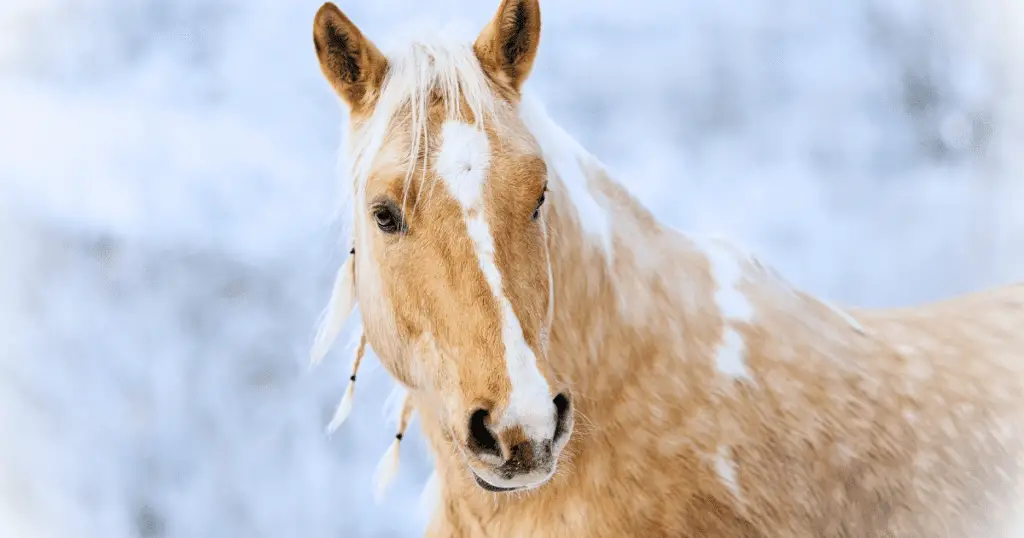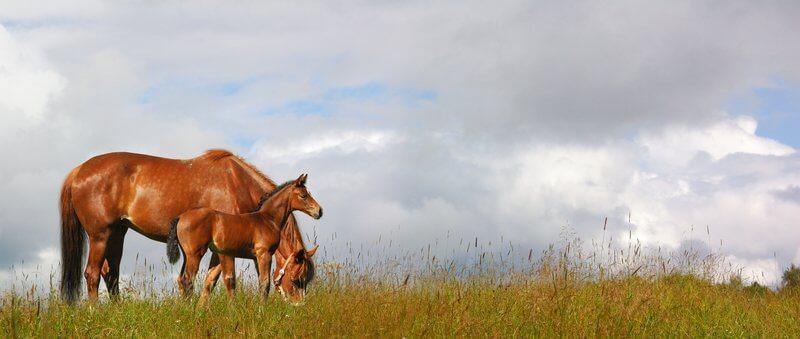How soon can I ride my mare after foaling?
As a horse owner, I understand the eagerness to get back in the saddle after your mare has given birth. However, it’s important to remember that the postpartum period is a crucial time for both the mare and foal. The mare’s body needs time to recover, and the foal needs to establish a bond with its mother and build up its strength.
While there is no set timeframe for when you can start riding your horse again after foaling, it’s generally recommended to wait at least six weeks. During this time, the mare’s reproductive tract will be healing, and her uterus will be returning to its pre-pregnancy size. Riding too soon can cause discomfort and pain for the mare, and may even increase the risk of complications such as uterine infections or prolapse.
On the other hand, waiting too long to ride can also have negative effects. The mare may become restless and frustrated from lack of exercise, and the foal may become overly dependent on its mother. It’s important to find a balance between giving the mare enough time to recover and allowing her to gradually return to work.
The Positives
Physical Recovery of the Mare
After foaling, it’s important to give the mare time to recover physically. Rest and proper nutrition are key to her physical recovery. During this time, you can focus on ground work and light exercise to keep her moving and prevent stiffness. This will help her to recover faster and be ready to ride sooner.
Bonding with the Foal
One of the most rewarding aspects of having a foal is the opportunity to bond with them. Spending time with the foal, watching them grow and develop, is a joyous experience. As the foal grows they become more independent and don’t rely on their mother as much, but it is often best to introduce a “buddy” if you are unable to take the foal with the mother when being ridden, or you want to work in an arena without the foal interfering. Foals will often try to fit through fences or over stables if their mother goes out of sight for security.
Milk Production and Nutritional Benefits
After foaling, the mare’s milk production increases significantly. This milk is rich in nutrients and provides the foal with everything they need to grow and develop. As the foal grows and starts to eat solid food, you can start to supplement their diet with hay and feed. This will help to ensure they are getting all the nutrients they need to grow into a strong and healthy horse.
Overall, there are many positives to riding your horse after foaling. By giving the mare time to recover physically, bonding with the foal, and taking advantage of the nutritional benefits of the mare’s milk, you can ensure that your horse is healthy and ready to ride when the time is right.
The Negatives
Potential Health Risks to the Mare
As a responsible horse owner, it is important to understand that riding a mare too soon after foaling can have negative consequences. The mare’s body goes through a lot during pregnancy and giving birth, and it needs time to recover. Here are some potential health risks to the mare:
- Uterine infections: The mare’s uterus needs time to heal after foaling. Riding too soon can lead to infections and other complications.
- Retained placenta: If the mare’s placenta is not fully expelled after foaling, it can cause serious health problems. Riding can increase the risk of retained placenta.
- Excessive bleeding: Riding too soon after foaling can cause the mare to bleed excessively, which can be life-threatening.
Risks to the Foal
Riding too soon after foaling can also have negative consequences for the foal. Here are some potential risks:
- Separation anxiety: Foals need time to bond with their mothers. Riding too soon can cause separation anxiety and stress for both the mare and the foal.
- Physical injury: Foals are fragile and can easily be injured. Riding too soon can increase the risk of physical injury to the foal if they try to find their mother.
- Stunted growth: Foals need proper nutrition and care to grow and develop properly. Riding too soon can interfere with the foal’s growth and development.
It is important to consult with a veterinarian before riding a mare after foaling. They can advise you on the best course of action based on your mare’s individual needs and health status.
When to Start Riding Again
Factors to Consider
As a horse owner, it’s important to be aware of the factors that can affect when you should start riding again after foaling. Here are a few things to consider:
- The mare’s health: The mare’s health should be the top priority. If she is not fully recovered from foaling, it’s best to wait until she is back to her normal health before starting to ride again.
- The foal’s age: The foal needs time to bond with the mare and establish a routine. It’s important to wait until the foal is comfortable being away from the mare for short periods of time before starting to ride again.
- The mare’s fitness level: If the mare was in good shape before foaling and has been given time to recover, she may be able to start light riding sooner than a mare who was not in good shape before foaling.
Recommended Time Frame
It’s generally recommended to wait at least six weeks after foaling before starting to ride again. This allows the mare to fully recover and the foal to establish a routine. However, it’s important to listen to your veterinarian and take into consideration the factors listed above before starting to ride again.
When you do start riding again, it’s important to start slowly and gradually increase the intensity of the rides. This will help prevent injury to the mare and ensure that she is able to continue to care for her foal.



